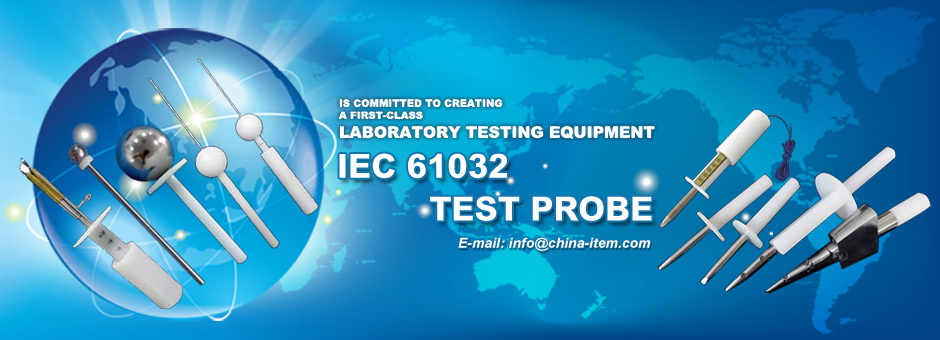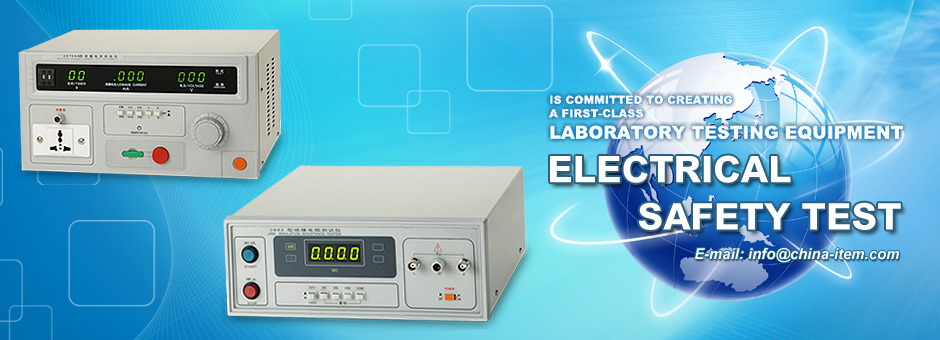contact us
products
- Main Products
- IEC Test Probe
- UL Test Probe
- Material Flammability Tester
- IP Code Tester
- Impact Test Apparatus
- Security Testing Machine
- Lamp Cap Gauge Tester
- Lampholders Gauge Tester
- Plug & Socket Tester
- Electrical Safety Tester
- LED Test Instruments
- Environmental Test Equipment
- Instrument Accessories
- Weighing Sensor
- Others Testing Equipment
technical articles
Company News
- Have you ever sat down and considered the design delights of the humble UK plug and socket combination?
No, of course you haven’t. At least, not unless you’re either a bit wierd, some kind of industrial design student or me.
Okay, so the first thing to say about your standard 230v UK mains plug is that, in comparison with some foreign variants, it’s a bit big and clumsy looking. A large part of its size is due to the fact it contains room for a fuse, a necessity when hooking up sub 13A gadgets to a ring main that’s protected by a 32A breaker as you’d find in most homes. Most of our international neighbours lack fused plugs because their domestic distribution methods favour radial circuits with lower rated protective devices as.
The presence of this fuse can be seen as both a godsend and a curse. A correctly rated fuse may blow under fault conditions without necessarily tripping out everything else connected to the ring, making it easy to identify which appliance is faulty while limiting inconvenience. On the other hand, when a fuse does blow it means getting out the screwdrivers, and as BS1363 fuses all have the same dimensions it can result in an incorrect fuse being retrofitted or replaced with something fire-inducingly silly like a nail or piece of aluminium foil.
Whether you love or loathe the fuses, the fact is that there are some rather nifty design features specified in BS1363 so let’s take a closer look at them for our enjoyment and entertainment!
Gripping stuff!
A cord grip, if correctly fitted, will secure the cable as it enters the plug. Toothed or clamp versions are in widespread use and are equally as effective in keeping the cable in place should it be placed under strain. In the event that the cord grip is not correctly fitted, i.e. if it is missing, loose or if the outer insulation of the cable is not entering the plug, you’ll notice by the photo below that it’s the line (brown) wire which is next to take the strain. Should the pull be heavy enough, this line wire will fail before either the neutral or Circuit Protective Conductor (CPC) thus ensuring the disconnection of power to whichever appliance is taking the tugging treatment. It’s a clever double-line of defence to minimise potential danger caused by an overstrained cord flex.

Earth first
The Circuit Protective Conductor (earth) pin is longer than the line and neutral pins by 4.6mm. This makes the CPC the first conductor to connect upon insertion of the plug into a socket outlet and the last to disconnect upon removal. This design feature ensures any appliance which requires a protective earth has such in place moments before it becomes energised.

Safe sleeves
BS1363 plugs manufactured since 1984 are required to have insulating sleeving extending halfway up the line and neutral pins from the base of the plug to prevent accidental contact with fingers while in the process of insertion/removal, or if the plug has not been fully inserted as it should be. The earth pin must not be sleeved, however cheap counterfeit imports sometimes have a sleeve halfway up the earth pin. If you come across such a plug, discard it! Read more at the PlugSafe link at the bottom of this page.
Shuttered sockets
When no plug is inserted, the line and neutral socket receptacles are shuttered to prevent insertion of foreign objects. A secondary function of the longer earth pin we saw earlier is to push down on a spring-loaded lever to open the shutters allowing the line and neutral pins to enter their respective recepticles. This mechanism ensures any plug missing an earth pin cannot be inserted under normal conditions, that a plug without an earth pin cannot be inserted upside down and that little Johnny can’t stick his finger or any other foreign object into the hole and come into contact with live parts. In fact, because of these shutters there is no need to fit those child-proof plug guard things unless you have reaaalllly old non-shuttered sockets.
Secure hold
BS1363 plugs are always three pin regardless of whether a protective earth is required. They need to be as the earth pin is required to open the shutters covering the line and neutral outlets. In the case of Class II appliances which don’t require an earth, a plastic earth pin may be incorporated as a shutter opening device. The three pin format and the sturdyness of these pins makes for a good hold so the plug is less likely to drop out or, worse, become loose which can cause arcing. The design of the plugtop is such that it can be gripped and deliberately removed with a positive pulling action and the thickness of the pins prevents them from getting bent or fractured if handled clumsily.
Polarisation
The three pin format also ensures correct polarisation of any appliances under normal conditions. Although many appliances are not polar sensitive and will work happily whichever way line and neutral are connected, we Brits have the advantage of knowing brown should always be (a fused) line and blue should always be a neutral - unless some dodgy DIYer has wired the sockets in your house arse about face.
So there you go, be proud of our great British BS1363 plugs and sockets. Despite the standard being nearly seventy years old, it still makes for the safest and best designed mains outlet combination in widespread use. Little wonder then that many other countries have also adopted it.


































